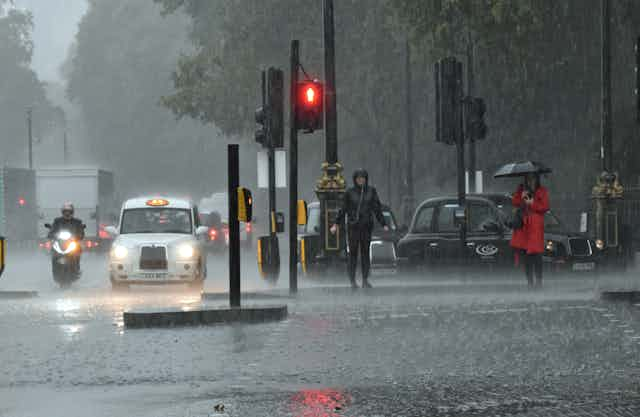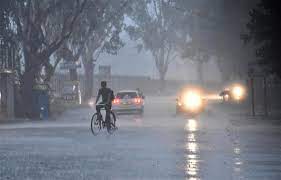The arrival of a cooler summer this year may have contributed to the delayed onset of the monsoon, potentially posing adverse effects on agricultural productivity during the kharif season. On June 1, a report by HT revealed that 2023 experienced the fourth coolest May since 1951, based on data from the India Meteorological Department’s (IMD) gridded dataset. While this unexpected weather brought relief to individuals during what is typically the warmest month of the year, the atypical patterns observed in May serve as further evidence of the growing unpredictability of weather in recent times. Here, we present three charts that delve into the details of this phenomenon.
Four out of five months in 2023 have witnessed cooler temperatures than the historical average. The IMD employs the average temperature during the 1981-2010 period, known as the “normal,” as a reference point for assessing temperature deviations. This year, India experienced below-normal average maximum temperatures in all months except February. The months of March, April, and May recorded temperatures at least one degree Celsius cooler than the normal range. Such significant cooling during April and May will prevent them from retaining their usual status as the second hottest and hottest months of the year, even if India’s average maximum temperature returns to normal in June.
For June to secure its position as the third hottest month, following May and April, it would need to be at least 1.29 degrees Celsius cooler than the normal range, equivalent to ranking as the 25th coolest June since 1951. Given the delayed monsoon onset and the prediction of deficient rainfall in June, achieving such a temperature deviation seems unlikely.
A Ray of Hope: Insights from an Unusually Cool May
The seemingly pleasant weather experienced this summer appears contradictory in the context of global warming. However, extreme climate variations include both cooler and warmer than usual summers. An analysis of maximum temperature deviations during the March-May period, which IMD recognizes as the official summer season (with June-September designated as the monsoon season), clearly illustrates this. The 10-year rolling average of maximum temperature deviations exhibited a smooth trend until the 2000s.
 From the 2000s onwards, it sharply rose to its highest recorded values (with the hottest March-May period occurring in 2010) before experiencing a rapid decline to its lowest recorded values in just over a decade (with the coolest period observed in 2020). Unsurprisingly, this trend also applies to the month of May when examined independently.
From the 2000s onwards, it sharply rose to its highest recorded values (with the hottest March-May period occurring in 2010) before experiencing a rapid decline to its lowest recorded values in just over a decade (with the coolest period observed in 2020). Unsurprisingly, this trend also applies to the month of May when examined independently.
Not only has the March-May period exhibited erratic temperature fluctuations from year to year, but temperatures now also vary significantly on a weekly basis within a single hot or cool summer. An analysis conducted by HT on weekly changes in maximum temperature between March and May since 1951 reveals greater volatility in recent years. For instance, during the March-May period of 2023, 22.8% of the weekly changes in maximum temperature ranked within the top 10% of all historical weekly changes.
Weather Anomalies: Unraveling the Unusual Coolness of May and Its Implications
This represents the highest share recorded for any March-May period within the top 10% range. A similar pattern can be observed for recent years as well. Such short-term temperature volatility is likely to add strain to individuals adjusting to the outdoor environment and may pose challenges for weather-sensitive industries such as electricity production.
The heating of the Indian Subcontinent’s landmass plays a crucial role in generating the atmospheric conditions necessary to draw moisture-laden monsoon winds, which bring rainfall to India. Experts have already suggested that the cooler summer experienced this year might be a contributing factor to the delayed onset of the monsoon. However, it is important to note that a delayed monsoon by a few days is not as significant an issue as experiencing significantly deficient rainfall.
The latter scenario would undoubtedly have adverse effects on agricultural output during the kharif season, particularly for paddy cultivation, and result in below-average reservoir levels nationwide. Nevertheless, there is no direct correlation between average summer temperatures and overall monsoon rainfall.
By closely examining the weather patterns and temperature trends observed in May, we can find a ray of hope amidst the uncertainties. While the cooler temperatures may have their implications, they also provide valuable insights into the evolving nature of our climate. Understanding these dynamics can aid in developing strategies to mitigate the potential challenges that lie ahead.

















































